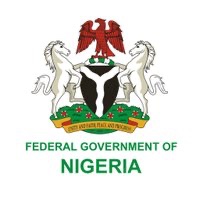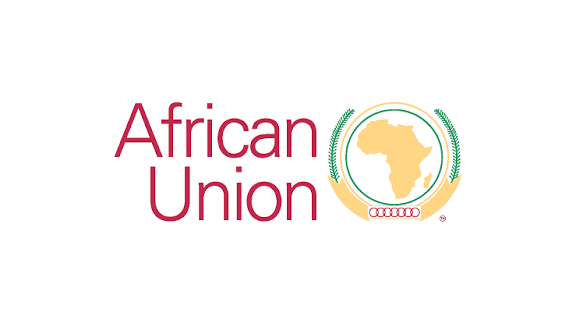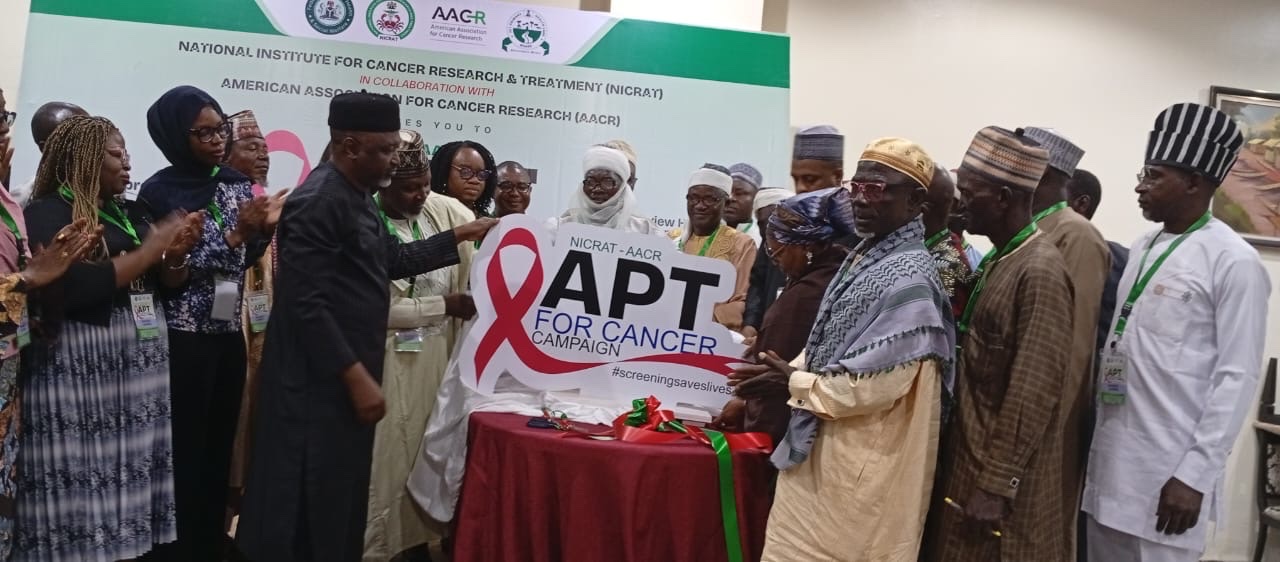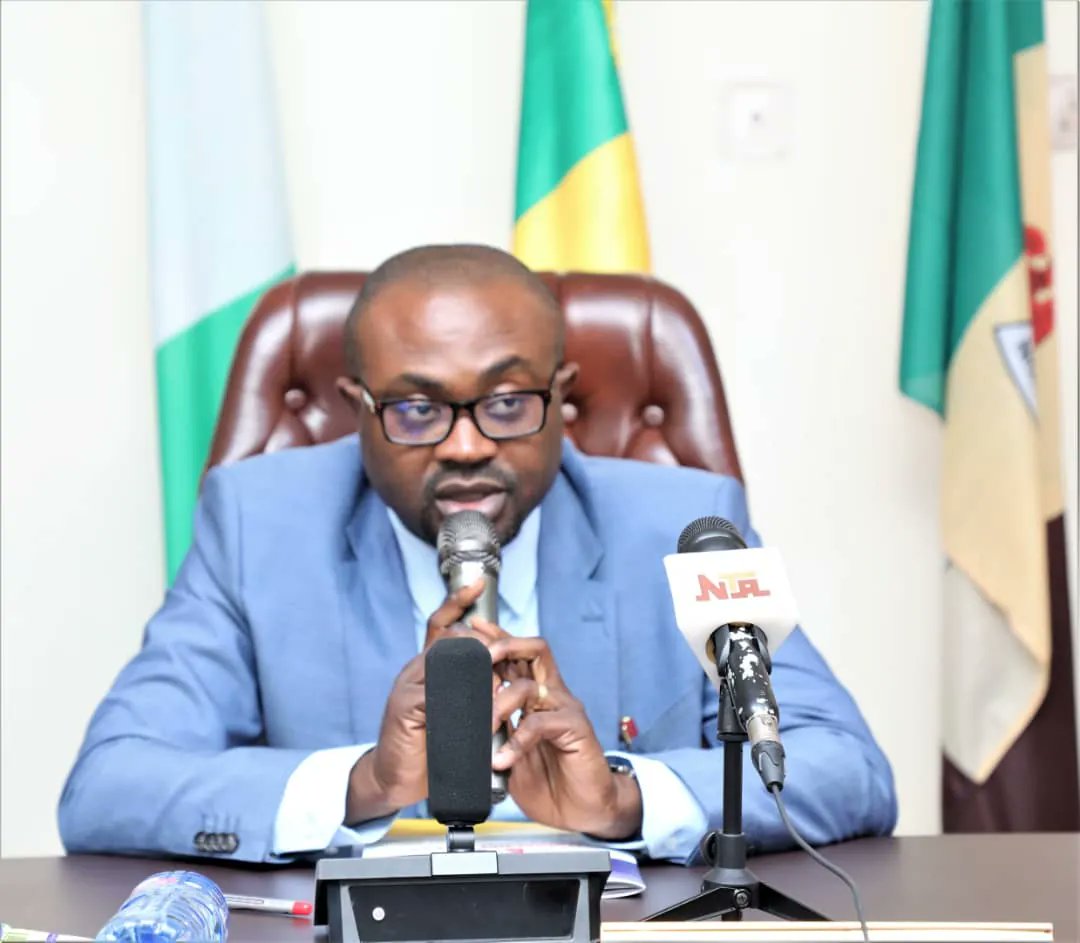
NASA Astronauts to Return to Earth via SpaceX Capsule After 9-Month ISS Delay

NASA astronauts Butch Wilmore and Suni Williams, who have been stranded on the International Space Station (ISS) for nine months, are finally set to return to Earth aboard SpaceX’s Dragon capsule. The duo was originally scheduled to spend just eight days on the ISS testing Boeing’s Starliner spacecraft, but technical issues with its thrusters and propulsion system made it unsafe for re-entry, forcing an extended stay.
Background of the Extended Mission
Wilmore and Williams launched to the ISS on June 5, 2024, aboard Boeing’s Starliner spacecraft as part of NASA’s Commercial Crew Program. The mission aimed to certify Starliner for regular crewed flights to the ISS. However, shortly after docking, engineers discovered multiple technical faults, including issues with the thrusters and helium leaks in the propulsion system, rendering the spacecraft unfit for the return journey.
NASA had the option to bring the astronauts back sooner but chose to wait for a scheduled crew rotation, allowing them to return on SpaceX’s Dragon capsule, which has a proven track record of reliability.
“We looked at a wide range of options… the best option was to have the one we are embarking upon,” said Steve Stich, NASA’s Commercial Crew Program manager.
Boeing’s Starliner Challenges
The decision to use SpaceX’s Dragon capsule instead of Starliner has been described as “embarrassing” for Boeing, which has faced numerous setbacks in its efforts to develop a reliable crewed spacecraft. Boeing has defended Starliner’s safety, but the prolonged delay has raised questions about its readiness for future missions.
The situation also sparked political debate, with former US President Donald Trump and SpaceX CEO Elon Musk suggesting that the astronauts were left in space “for political reasons.” NASA officials dismissed these claims, emphasizing that astronaut safety was always the top priority.
“NASA made those decisions based on good technical reasons,” said Dr. Libby Jackson, a space exploration expert at London’s Science Museum.
Astronauts’ Experience on the ISS
Despite the unexpected extension of their mission, Wilmore and Williams have remained in high spirits. Williams, a veteran astronaut, described the ISS as her “happy place,” highlighting the crew’s resilience and adaptability.
However, experts note that such an extended stay would have taken a personal toll. “When you’re sent on a work trip that is supposed to last a week, you are not expecting it to take the best part of a year,” said Dr. Simeon Barber, a space scientist at the Open University.
Implications for NASA and Boeing
The astronauts’ return marks a critical moment for NASA, SpaceX, and Boeing. While SpaceX’s Dragon capsule has proven its reliability, Boeing’s Starliner faces significant scrutiny. NASA will need to reassess its reliance on Starliner for future missions, particularly as the agency aims to maintain a robust and diversified commercial crew program.
The delay has also underscored the importance of having multiple spacecraft options for crewed missions, ensuring that technical issues with one vehicle do not jeopardize astronaut safety or mission objectives.

Conclusion
The return of Butch Wilmore and Suni Williams aboard SpaceX’s Dragon capsule brings an end to a challenging and unexpected chapter in NASA’s Commercial Crew Program. While the extended mission has tested the resilience of the astronauts and the capabilities of Boeing’s Starliner, it has also highlighted the critical role of reliable spacecraft like SpaceX’s Dragon in ensuring the safety and success of human spaceflight.
As NASA evaluates the lessons learned from this mission, the focus will remain on advancing space exploration while prioritizing the safety and well-being of its astronauts.



















